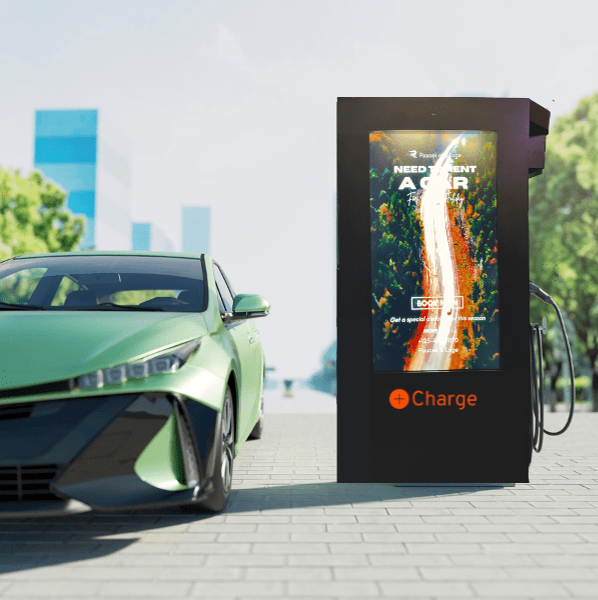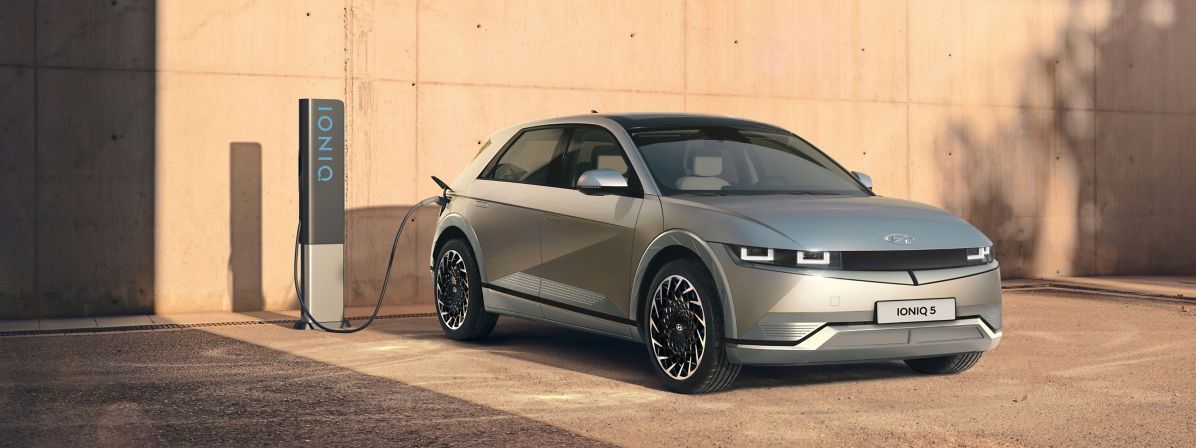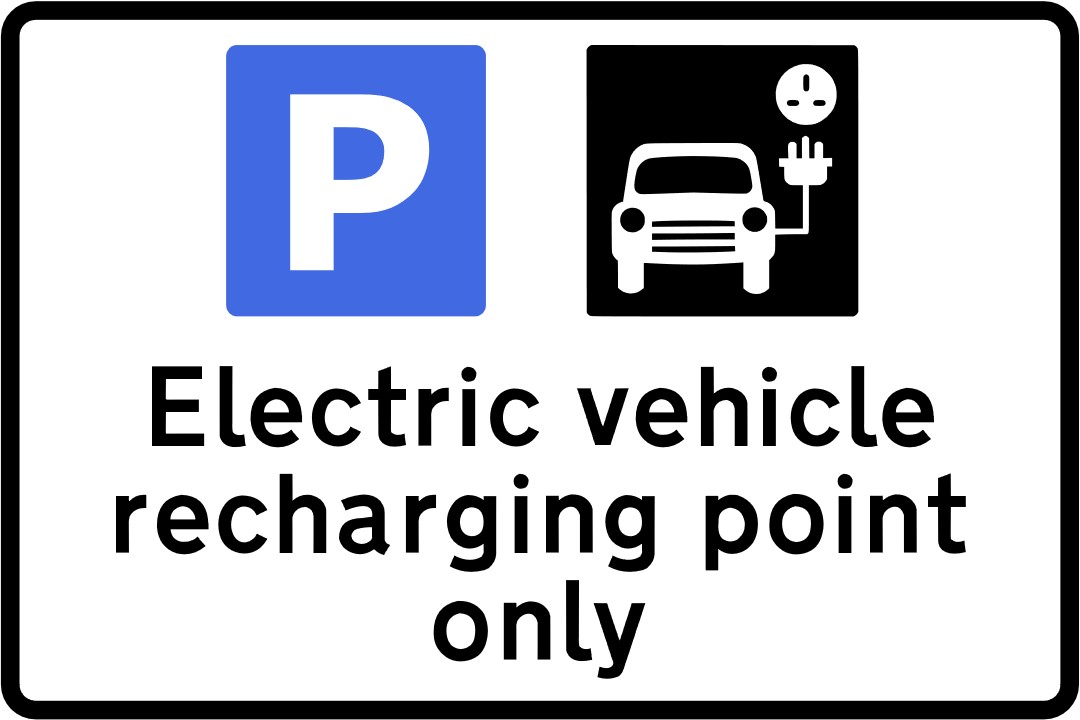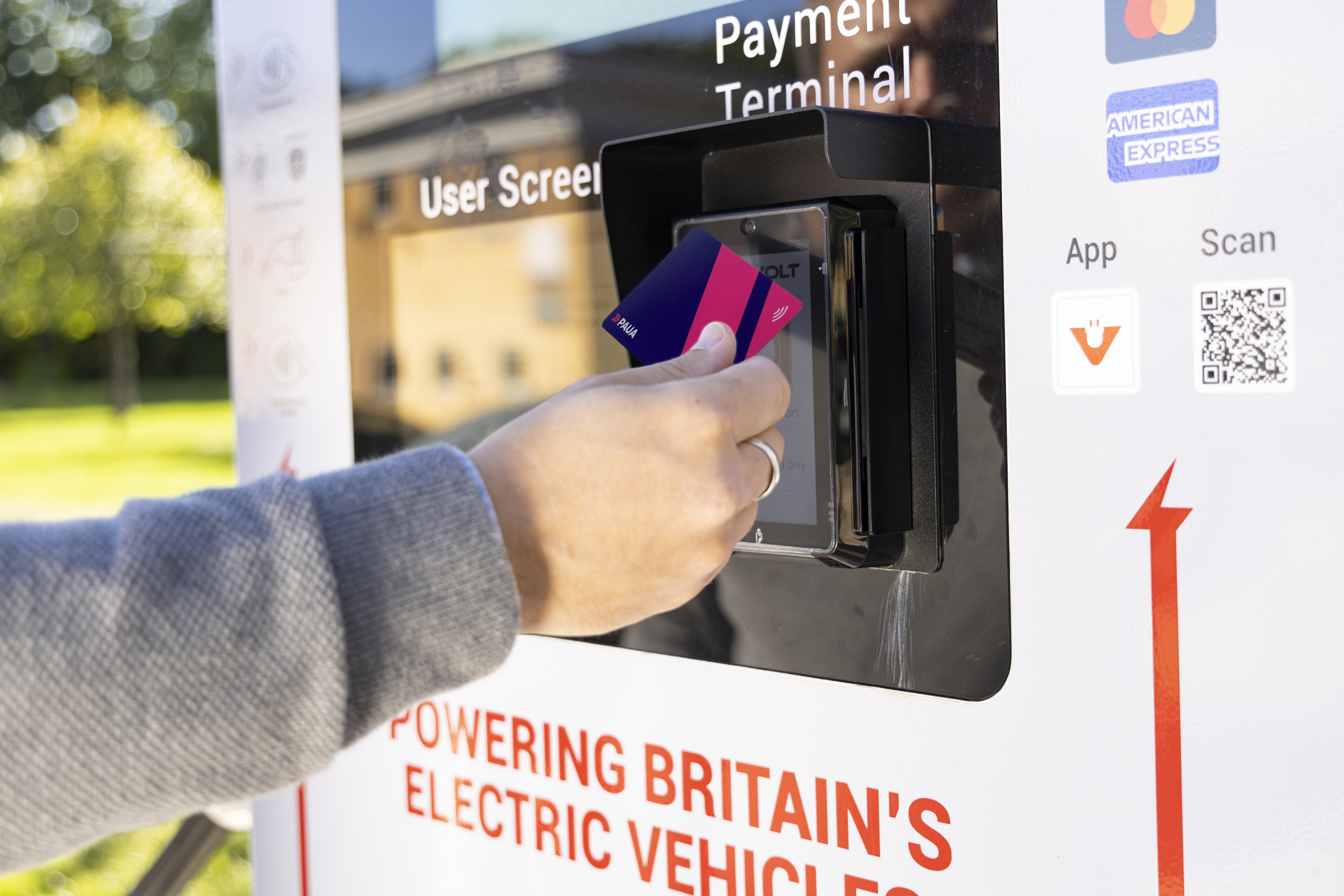Everyone is excited about…data!
- Paua prepared a full fleet managers guide including "13 insider tips". These blogs break down insights from the experience of the Paua Rangers team over hundreds of hours of engagement with businesses switching to electric vehicles
- Paua tip - a requirement that every business adopting electric vehicles needs to consider
Everyone is excited about…data! 4 key areas where electrons aren’t the only thing driving the future of fleet management.
Costs & Reimbursement
Consider this - your petrol station is split across three locations: public, home, and the workplace. Each of these locations requires the fleet manager to manage costs and reimbursement of payments made by each driver.
With public charging, it is critical that the fleet manager provides the tools to enable the driver to pay without forcing them to be out of pocket. Furthermore, as public charging incurs a 20% VAT rate, it is important to have a tax receipt to enable the business to manage these costs. It is also important for the business to know when and where a driver has charged, in order to check driver behaviour has been appropriate, efficient and cost-effective. For example, according to our data, Paua has found that a massive 25% of drivers incur an overstay penalty, costing a total of 5% of the average monthly bill in pure overstay fees alone.
From a business perspective, this is doubly inefficient and cost-ineffective, as not only are there additional fees payable, but the drivers’ time is being wasted while charging unnecessarily for longer periods. So, gaining a detailed breakdown of overstays is crucial to save time and money.
Paua Tip: Four areas of focus for future fleets; cost & reimbursement, idle time, fraud management & asset health.
Idle Time
The second key area of focus for a fleet manager is driver idle time. Unless carefully managed, this topic can destroy the conventional business case for switching to electric. If the drivers are hugely inefficient with their time whilst charging, then this business case is destroyed.
These inefficiencies occur when the driver wastes time:
- Trying to find a charger
- Managing receipts and invoices because they do not have one payment method
- Charging during the day instead of more efficiently charging overnight, or;
- Increasing costs to the business by leaving the vehicle on a charger unnecessarily and incurring penalty payments
Further inefficiencies also occur within the business operation owing to further management of receipts and supporting drivers with charging. By being ‘smart’ and using an intelligent EV charging optimisation platform, Fleet Managers can identify time savings and it also supports behavioural changes where possible. Nudging drivers to overnight charging and a company policy on overstay fees are just two examples. Not only this, route planning can be improved and optimised for charging.
Fraud Management
A third area of concern for businesses operating electric vehicles is fraud.
Around 5-10% of expenditure on a liquid fuel card (petrol or diesel) is fraudulent or abusive based on research by Shell*. Europe currently spends £220 billion on fuel cards, demonstrating the potential scale of the problem. Given that electric vehicle charging is far more digitised than fuel cards, this provides the opportunity to eradicate fuel related fraud.
This can start with simple controls such as disabling the card at weekends or late at night. But can also extend to a full digital algorithm to either reactively identify a potential fraud event or proactively stop an EV charging event from happening based on flawed logic.
Asset Health
The fourth area to focus on is asset optimisation where electric vehicles and charging is no exception.
Again, the digital facet to electric vehicle charging makes it much easier to surface all the necessary data in relation to each and every charging session. As long as you have the platform to surface the data correctly and at the appropriate intervals and points. Thus, it becomes possible to identify suspect or incorrect charge events e.g. overstays. Such events can therefore be alerted to the fleet manager, and highlighted as either a vehicular, charger or behavioural issue. Furthermore, data science and algorithms can be used to support the health of the fleet.
If you want to explore more on this topic, check out our ‘13 Insider Tips To Help You Transition To EVs’ – a guide written specifically for Fleet Managers which you can request for free HERE.
*https://www.shell.co.uk/business-customers/fraud-matters.html









